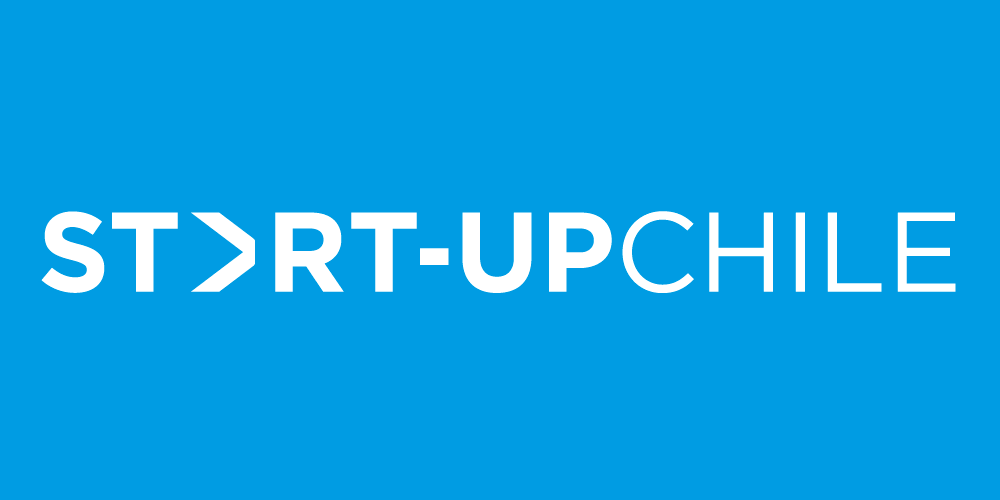LatAm List – After eight years of accelerating startups in Chile’s capital, Start-Up Chile released the growth numbers for the startups in their portfolio. With a 54.5% survival rate and a total portfolio valuation of US$1.4B, the early-stage public accelerator is showing early signs of success.
In an exclusive article for Forbes, Start-Up Chile’s early participants and Executive Directors commented on the accelerator’s model, which has served as an inspiration for dozens of government accelerators across the region and the world. Start-Up Chile has cleverly worked to separate itself from the government agency that backs it, allowing the accelerator to move swiftly and with agility to keep up with their startups.
“Start-Up Chile has managed to get the best from the private and public sectors and engage it all in benefit of the entrepreneurs. While being a CORFO program, we have been [careful] to safeguard its public policy definition [so that it is] seen as a country effort more than a particular government’s effort,” said Sebastian Sichel, Executive Vice President of CORFO, the development agency that backs Start-Up Chile.
While the numbers speak to Start-Up Chile’s success as an accelerator, the program’s goals have always been more oriented toward changing entrepreneurial culture in Chile by bringing in foreign founders rather than trying to make a profit. In fact, the accelerator takes no equity on its US$40-80K grants. To date, Start-Up Chile has accepted 3x more foreign companies than Chilean ones, but almost 60% of the startups still have some presence in Chile.
“We were originally attracted to Start-Up Chile because of the equity-free capital and the perks, especially the chance to avoid Wisconsin winter. However, once we got here, we realized how much opportunity there was in the Latin American startup ecosystem and I eventually came back and founded Magma Partners. I’ve now been in Chile for eight years and we still work closely with Start-Up Chile,” said Magma Partners Managing Partner, Nathan Lustig.
Read more in Forbes or La Tercera.
